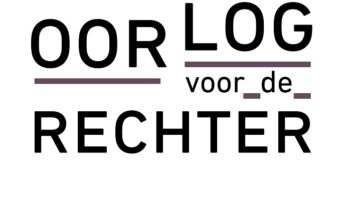Progress on research and advises of Central Archive of Special Jurisdiction
On 1 January 2025, the Central Archive of Special Jurisdiction (CABR) will become public and the first scanned documents will be published online. This will mark a milestone in a process of years, during which the cooperation partners (consortium) in the War Before the Courts (OvdR) project and especially the National Archives (NA) have been exploring ways in which this process of disclosure and online placement can take place. Concluding a long process of research, discussion, consideration and decision-making, the main studies and opinions are now published.
Complex
The CABR is not only the largest and most consulted war archive in the Netherlands, it is also a war archive that is fraught: after all, the archive contains files of people who were suspected of collaborating with the German occupiers. Making this archive available online is thus a complex matter. On the one hand, it is important to meet the citizen’s right to information, but on the other hand we know that making this archive public and accessible online is sensitive and can have an impact on relatives.
Social importance
This complexity prompted the consortium from the start to thoroughly examine both the legal and ethical aspects and the consequences of this decision for society and individual individuals. In weighing up the social interest served by opening up and making information available to the public and the interest of the individual citizen who could potentially be named in the archive, the consortium and the National Archives, taking into account the many studies and opinions, allowed the social interest to prevail.
Measures
The consortium is aware that the privacy of individuals whose names are mentioned in the archive and who are still alive is or may be at stake. It also sees that those involved express concern that they may face unpleasant reactions, think stigmatisation or exclusion. In this context, the consortium has drawn up a set of appropriate measures in consultation with stakeholder organisations. This meets the concerns of relatives and gives them tools to, among other things, take information that can be traced offline.
Conclusion
All in all, the National Archives has made its decision within the possibilities offered by laws and regulations. With the choice the consortium and especially the NA have made, they believe they have been extremely careful in the choices they have made in the process towards disclosure and online accessibility of the CABR by 1 January 2025.



